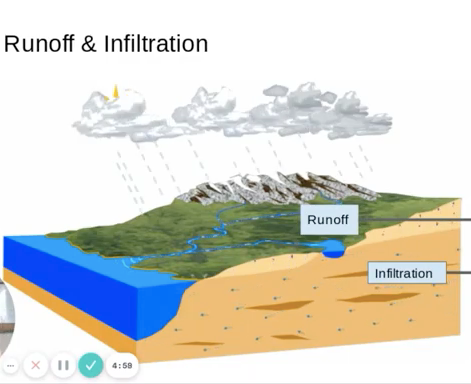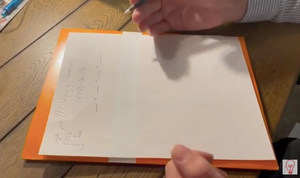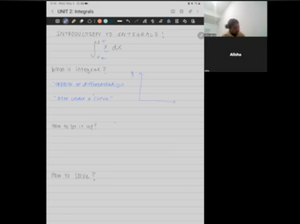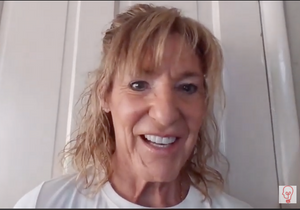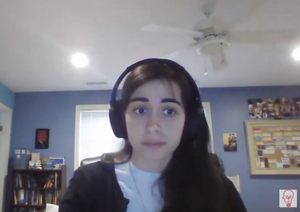What's up everybody? Thank you for clicking to watch this video so I can explain this slide to you. So the two extra steps to the water cycle that you may not have learned about, one of them is called runoff and the other one is called infiltration, right? So this gift is showing you what's going on. You see a lot of things happening in this gift, but the focus is on what's going on after it rains and watching the runoff occur. And runoff is literally when basically the landscape and the land is being rented off by the rain. That's the best way that I can explain it.

So what ends up happening with runoff is after it rains, it pretty much just washes over the streets, the sewage, the landfills, the cars, the other trees, the mountains, you know, all kinds of things that are randomly laying on the ground, is washed off and flows right out to sea. That sounds fabulous. So runoff, we'll talk more about how detrimental it can be, but also talk about the positive spends on runoff. But that is another step that we consider a step in the water cycle. The other step is called infiltration.
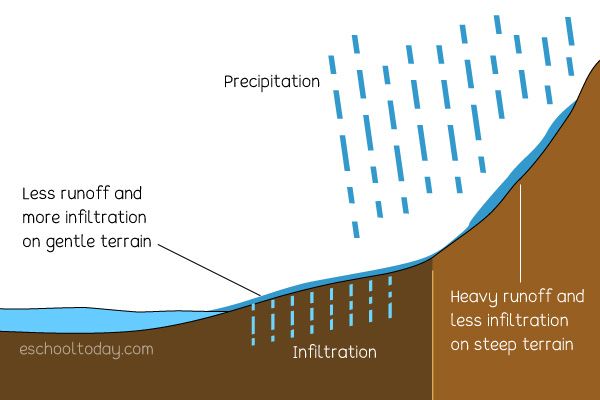
Infiltration is when you have groundwater after it rains, soak into the ground and literally infiltrate the ground. And then what ends up happening, just like you see this gift, the water starts to kind of percolate all the way down to the body of water that's over here. So with runoff, we have runoff water running off of the side of the landscape, washing the surface of the earth, and it flows out into the ocean. And then what infiltration occurs, that's when you have that water soaked down into the ground and then start to percolate, which means to basically shimmy. Basically shimmy through the rocks and stuff and basically make its way to other bodies of water. All right, that's it.

